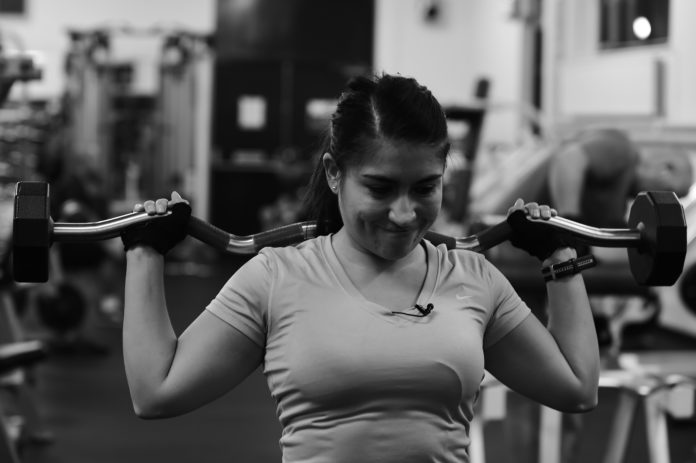WHO global action plan on physical activity focuses on improving the environment for people to walk, cycle more
Prime minister Narendra Modi and his ministers are the not the only ones taking up the Fitness Challenge. The World Health Organisation has now launched a global action plan on physical activity – its very own Fitness Challenge of sorts.
WHO Director-General Dr Tedros Adhanom Ghebreyesus on Monday, along with Prime Minister António Costa of Portugal launched the new “WHO Global action plan on physical activity and health 2018-2030: More active people for a healthier world.”
“Being active is critical for health. But in our modern world, this is becoming more and more of a challenge, largely because our cities and communities aren’t designed in the right ways,” said Dr Tedros. “We need leaders at all levels to help people to take the healthier step. This works best at city level, where most responsibility lies for creating healthier spaces.”
Worldwide, one in five adults, and four out of five adolescents (11-17 years), do not do enough physical activity. Girls, women, older adults, poorer people, people with disabilities and chronic diseases, marginalized populations, and indigenous people have fewer opportunities to be active.
Regular physical activity is key to preventing and treating noncommunicable diseases (NCDs) such as heart disease, stroke, diabetes and breast and colon cancer. NCDs are responsible for 71% of all deaths globally, including for the deaths of 15 million people per year aged 30 to 70.
According to the first state level disease burden study 2017, the contribution of non-communicable diseases in India have risen from 30% of the total disease burden in 1990 to 55% to 2016. The states with the largest dominance of non-communicable diseases are Kerala, Goa, and Tamil Nadu.
It recommends a set of 20 policy areas, which combined, aim to create more active societies through improving the environments and opportunities for people of all ages and abilities to do more walking, cycling, sport, active recreation, dance and play
The action plan shows how countries can reduce physical inactivity in adults and adolescents by 15% by 2030. It recommends a set of 20 policy areas, which combined, aim to create more active societies through improving the environments and opportunities for people of all ages and abilities to do more walking, cycling, sport, active recreation, dance and play.
It also calls for support to, for example, training of health care workers and other professionals, stronger data systems, as well as use of digital technologies.
Dr Tedros added: “You don’t need to be a professional athlete to choose to be active. Taking the stairs instead of the elevator makes a difference. Or walking or using the bike instead of driving to your neighborhood bakery. It’s the choices we make each and every day that can keep us healthy. Leaders must help make these choices the easy ones.”


